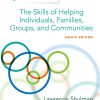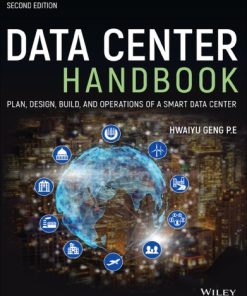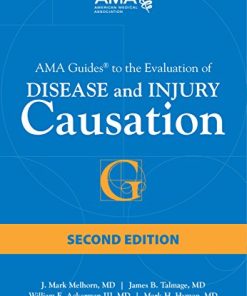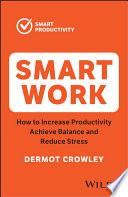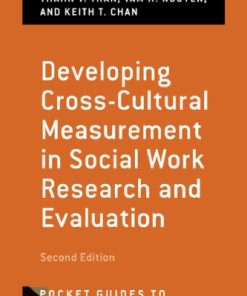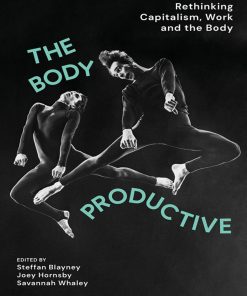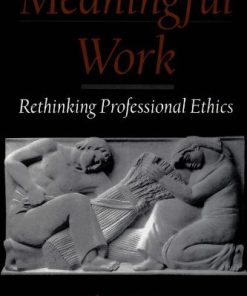Rethinking Teacher Supervision and Evaluation: How to Work Smart, Build Collaboration, and Close the Achievement Gap 2nd Edition, (Ebook PDF)
$50.00 Original price was: $50.00.$25.00Current price is: $25.00.
Rethinking Teacher Supervision and Evaluation: How to Work Smart, Build Collaboration, and Close the Achievement Gap 2nd Edition, (Ebook PDF) – Digital Instant Dowload.
Rethinking Teacher Supervision and Evaluation: How to Work Smart, Build Collaboration, and Close the Achievement Gap 2nd Edition, (Ebook PDF) – Digital Instant Dowload.
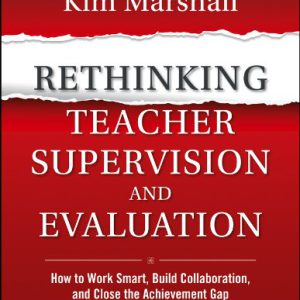
Product details:
- ISBN-10 : 1118336720
- ISBN-13 : 978-1118336724
- Author: Kim Marshall
Teacher supervision and evaluation that emphasizes fairness, excellence, and achievement
In this thoroughly revised and updated edition of his bestselling book, education expert Kim Marshall shows how to break away from the typical and often ineffective evaluation approaches in which principals use infrequent classroom visits or rely on standardized test scores to assess a teacher’s performance. Marshall proposes a broader framework for supervision and evaluation that enlists teachers in improving the performance of all students.
- Revised edition of the classic book on teacher supervision and evaluation
- Includes thoughts on iPad and iPhone aps for classroom observation
- Offers new chart on how principals can manage ten mini-observations per teacher per year
- Contains new thoughts on merit pay, a different approach to the test-score argument from Arne Duncan
This vital resource also includes extensive tools and advice for managing time as well as ideas for using supervision and evaluation practices to foster teacher professional development.
Table of contents:
The Author vii
Acknowledgments viii
Introduction 1
One The Challenge: Closing the Achievement Gap 7
Two Supervision and Evaluation: Why We Need a New Approach 19
Three Mini-Observations 1: A System Is Born 43
Four Mini-Observations 2: Doing Them Right 57
Five Curriculum Design: The Foundation of Good Teaching 87
Six Interim Assessments: Using During-the-Year Evidence of Learning to Continuously Improve and Evaluate Instruction 103
Seven Rubrics: Potent, Efficient End-of-Year Evaluation Tools 123
Eight Time Management: Doing First Things First 157
Nine The Role of the Superintendent 173
Ten Putting It All Together 195
Appendix A A Slim Curriculum Expectations Booklet: Atlantic Elementary School, Grade 4 Learning Expectations 199
Appendix B Examples of Brief Write-Ups after Mini-Observations 213
Appendix C A Comparison of Rubrics 219
Bibliography 221
Index 227
You may also like…
Social Science
Beyond Interdisciplinarity: Boundary Work, Communication, and Collaboration Julie Thompson Klein
Computers - Databases
Medicine & Health Science
Relationships & Lifestyle - Personal Growth & Inspiration
Politics & Philosophy - Social Sciences
Politics & Philosophy - Politics
The Body Productive Rethinking Capitalism, Work and the Body 1st Edition Steffan Blayney
Uncategorized



